first published 02 Jul 2024
Caution! This article may make you cringe.
Again, my Socket 462 board died. Another one bites the dust. What now? Thankfully, gone are the days where I would throw my hands up in the air and junk the board; the initial idea was to find a cheap MSI motherboard containing the MS-5 IC, swap the chips, and try to bring the board back to a fully working state. I liked it, though to be frank, the memory issues ingrained a bit of a bitter taste towards the broken board; it could be something completely else unrelated to the shorted IC. The search began with MSI boards that had the MS-5 IC identifiable from auction photos. As it progressed – and it didn’t take long - there were several boards available as buy-it-now on auction sites, and they all were available for a price that did not really justify repairing the board – after some consideration I decided to instead treat the old board as a parts one / retire it until I come across another cheap board to try to fix it. The board of choice became a MSI KT4AV, which the seller identified as 100% working, complete with a CPU of unknown type and a pretty standard cooler for 5 bucks – hey, I’ll take that!
A few days later...
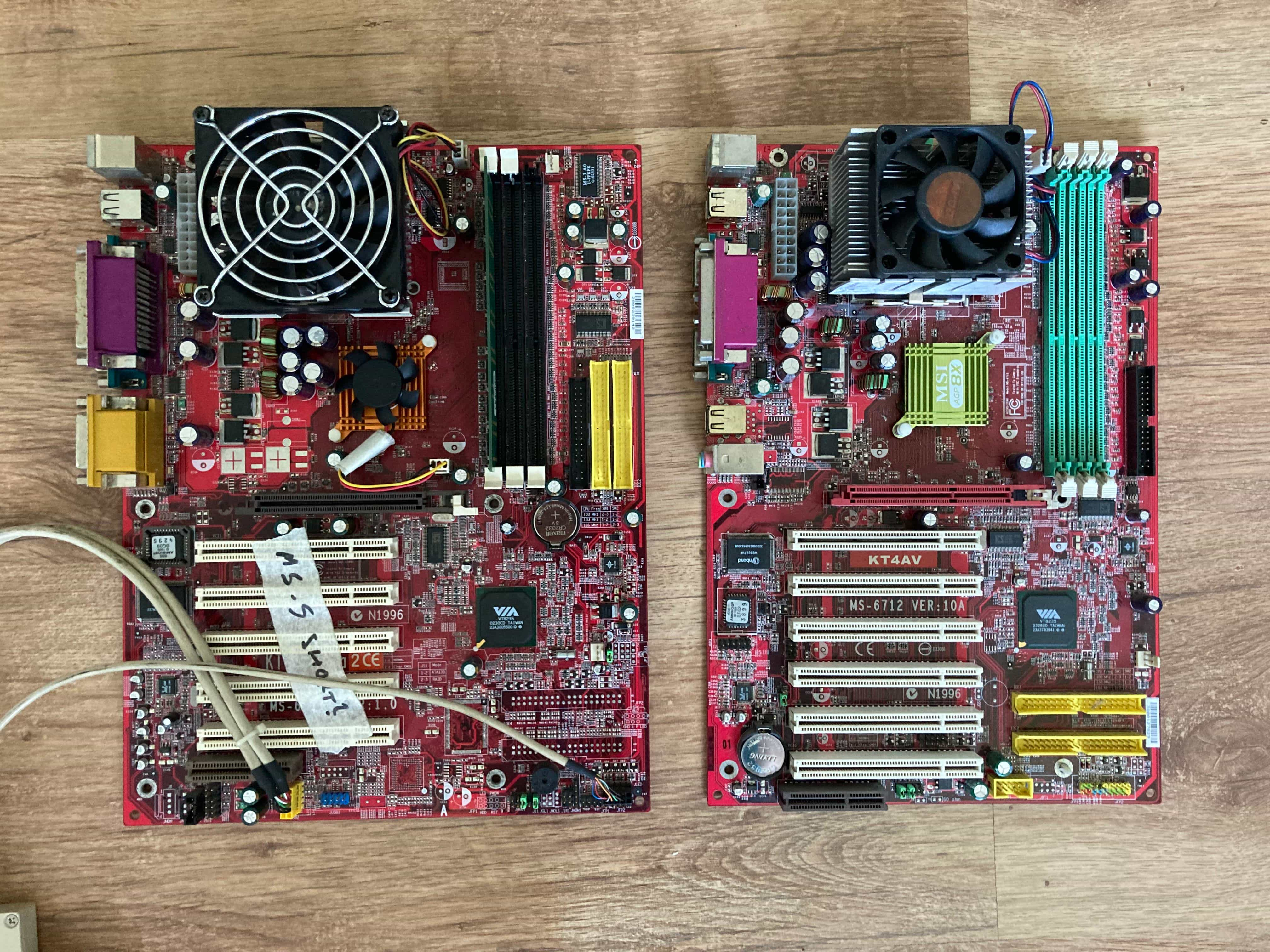
The board arrived – and it’s very similar to the dead one, bar the obvious such as the red color of the solder mask. There are a few upgrades from the KT3 Ultra; namely, the VIA KT400 chipset supporting DDR400 memory and with AGP 8X support, and one extra PCI slot in dual/choice with the the ill-fated and short-lived CNR connector. The MS-5 IC is present as well, however it was already decided that I will go forward with the KT4AV. The only gripe I have is the lack of a northbridge fan, which still is something that I absolutely demand in a Socket 462 board for no good reason. And the rear I/O shield is bent. The CPU will be checked via software, with CPU-Z, as the cooler (which is pretty neat in itself, small but beefy with an AMD sticker on the fan – about the first time I had seen what looks like an OEM cooler on this socket) was placed very firmly and didn’t even want to budge after a few tries.
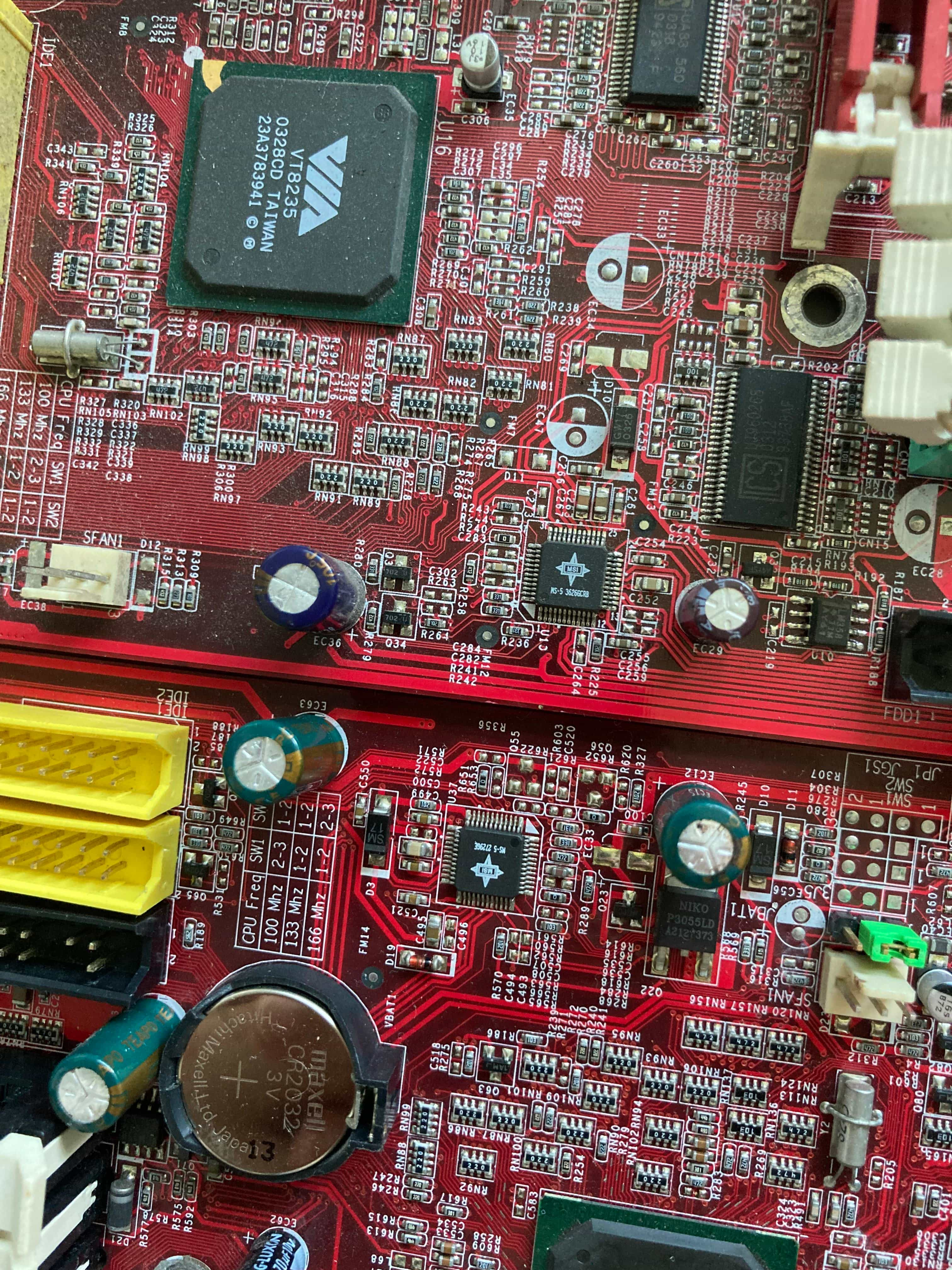
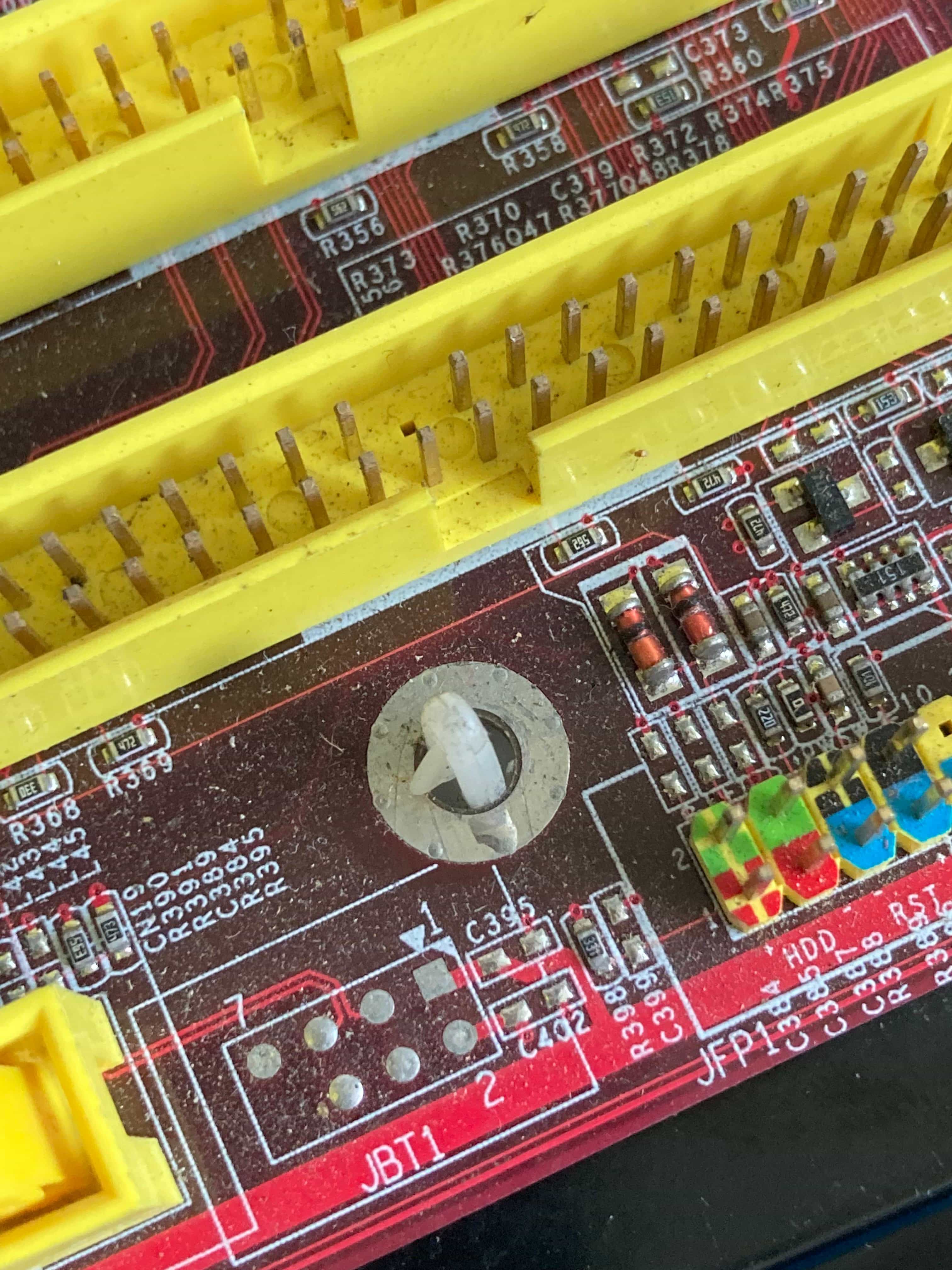
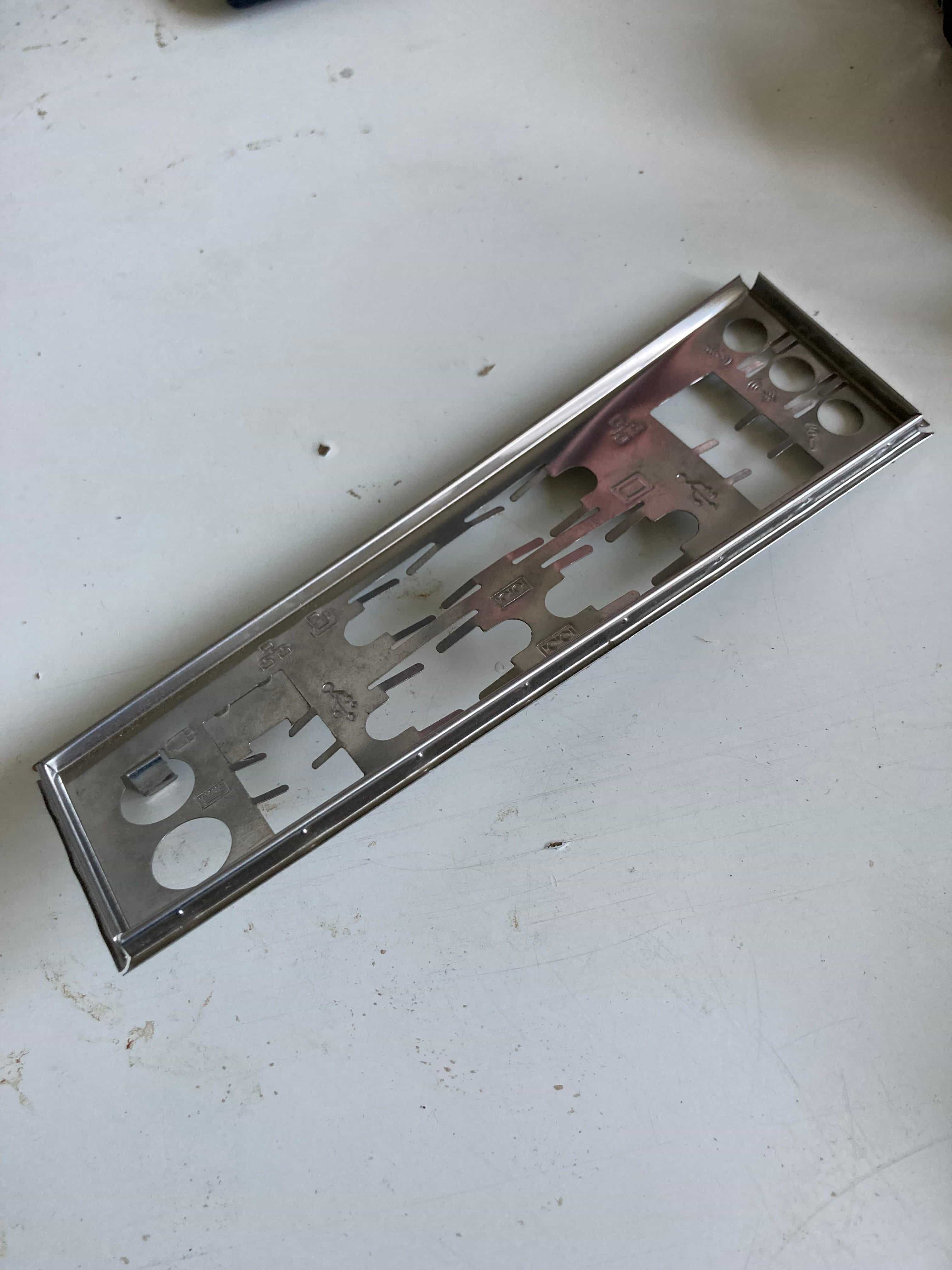
Time to test! First boot was done using the RAM stick (DDR333) and the GF3 Ti200… which resulted in a memory error indicated by the D-Bracket – just like the previous board. Swapping the stick to a DDR400 helped – the board sprang to life. In case you’re wondering – the “dead” board was tested with other RAM sticks as well, and the failure mode was consistent – short on the IC. Following up on the first boot, the summary is as follows:
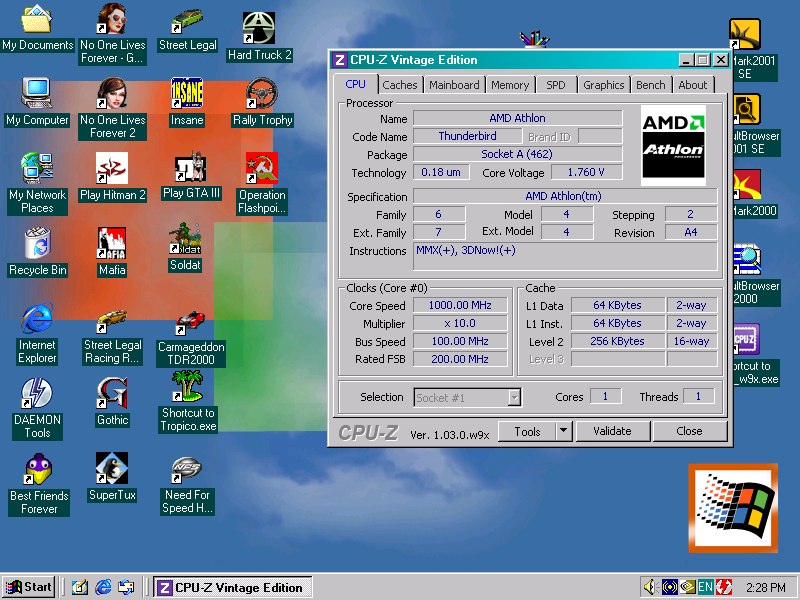
The only thing that had to be installed from the Win2000 installation I carried over were the chipset drivers (VIA 4in1 Chipset Driver pack), which complained about a “1605 scripting error in the InstallShield setup. Whatever that means. I downgraded to version 4.56V, then upgraded to 5.24A, and the error went away. And that was the only software issue I had on the whole. Over the course of three evenings a few games were installed and tested – overall, the stability and general impressions of the board were very positive, and much fun was had – the Socket 462, the Athlon, and the Ti200 just felt right. Apart from a few touchups (new thermal paste on the northbridge and a fan on top of it, de-dusting nooks and crannies) the board was ready to accept the more powerful Athlon and start being used regularly.
Those who had worked with Socket 462 stuff know that you have to be especially careful when attaching/removing the CPU heatsink – the bare core die was fragile, and many horror stories of cracked cores spread through the early 2000s Internet forums. As it was time to swap the T-Bird for the CPU I originally considered, I was mad careful to remove the heatsink it came with – but it was not only stuck, undoubtedly due to old thermal paste, but also the heatsink clip was SO rigid and slightly bent inwards that made it incredibly difficult to pull off. Seriously, who came up with this heatsink?
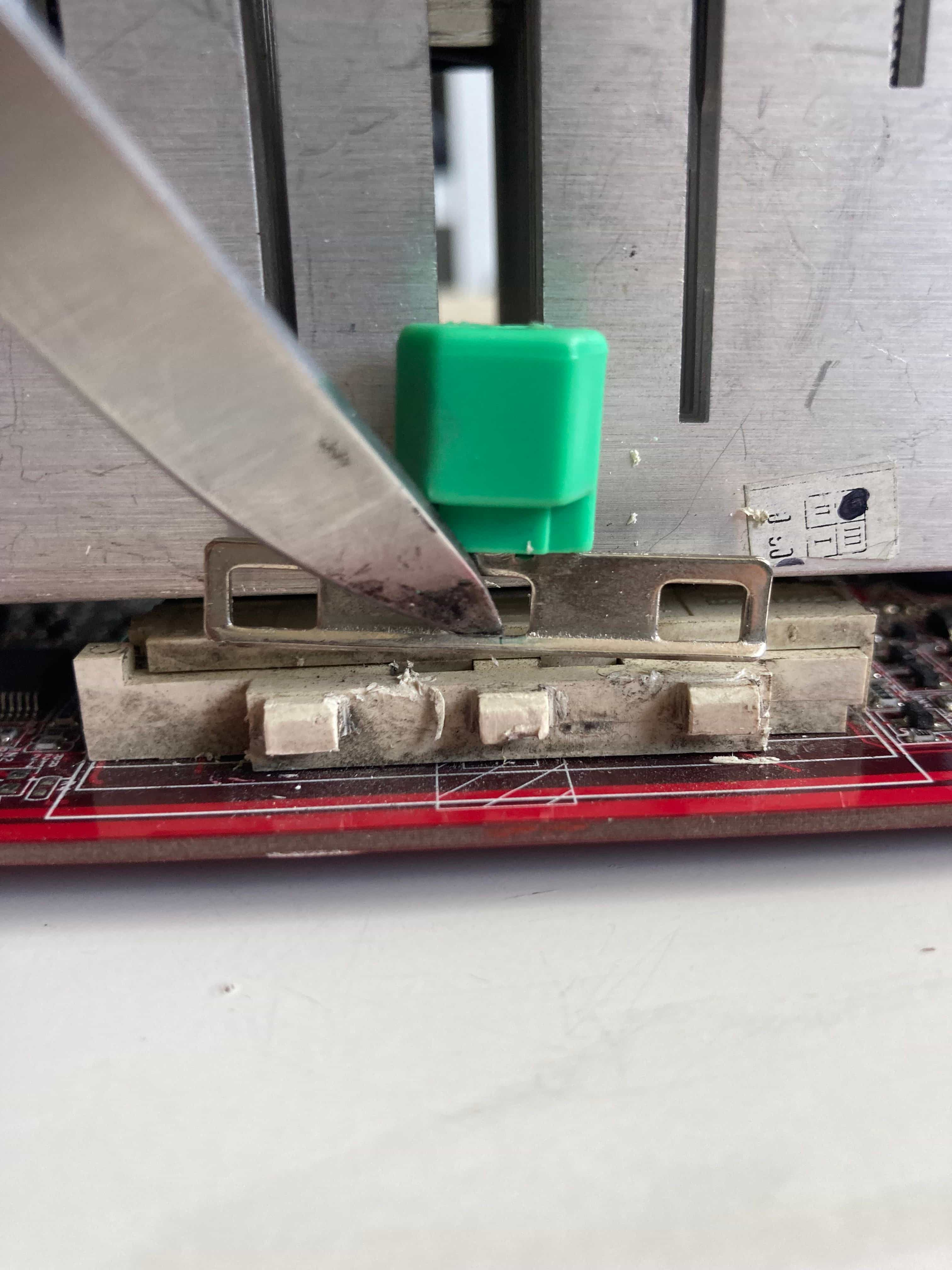
After 20 minutes and sore fingers, I took a blade from a Swiss army knife and gently, gently slid it between the socket nubs and the clip as I was pushing the clip so that it finally “reached” past the nubs and came off. Happy with the smooth result, I removed the heatsink… and to my horror saw bits of the core stuck on the heatsink, mixed with the solidified thermal paste. While after cleaning the thermal paste the core did not look all that bad (my working Duron 1100 looks much, much worse!), after re-inserting it into the board and powering on the D-Bracket showed static 4 red LEDs. Which, according to the manual, means that the Thunderbird Athlon had bought the farm.
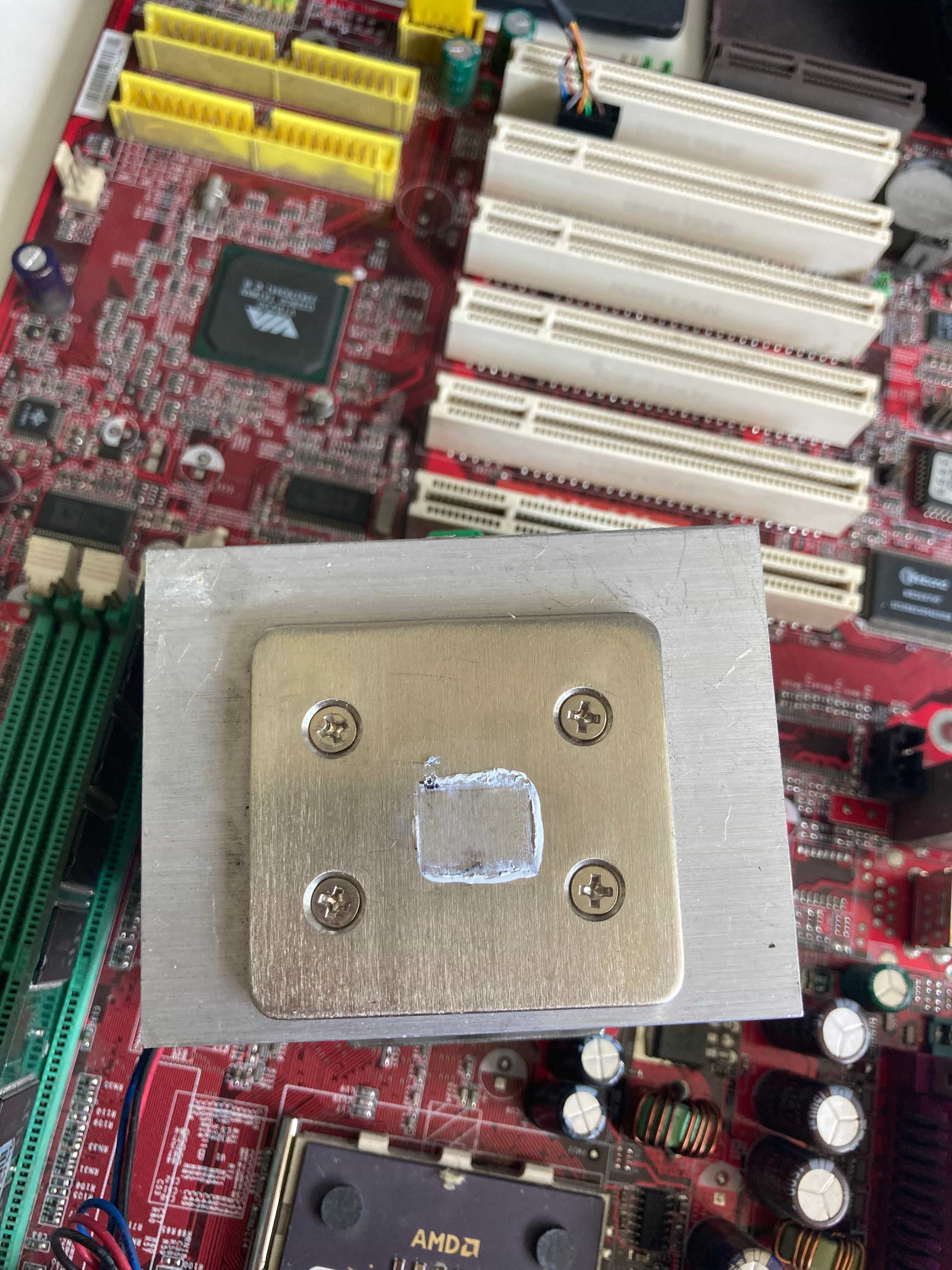
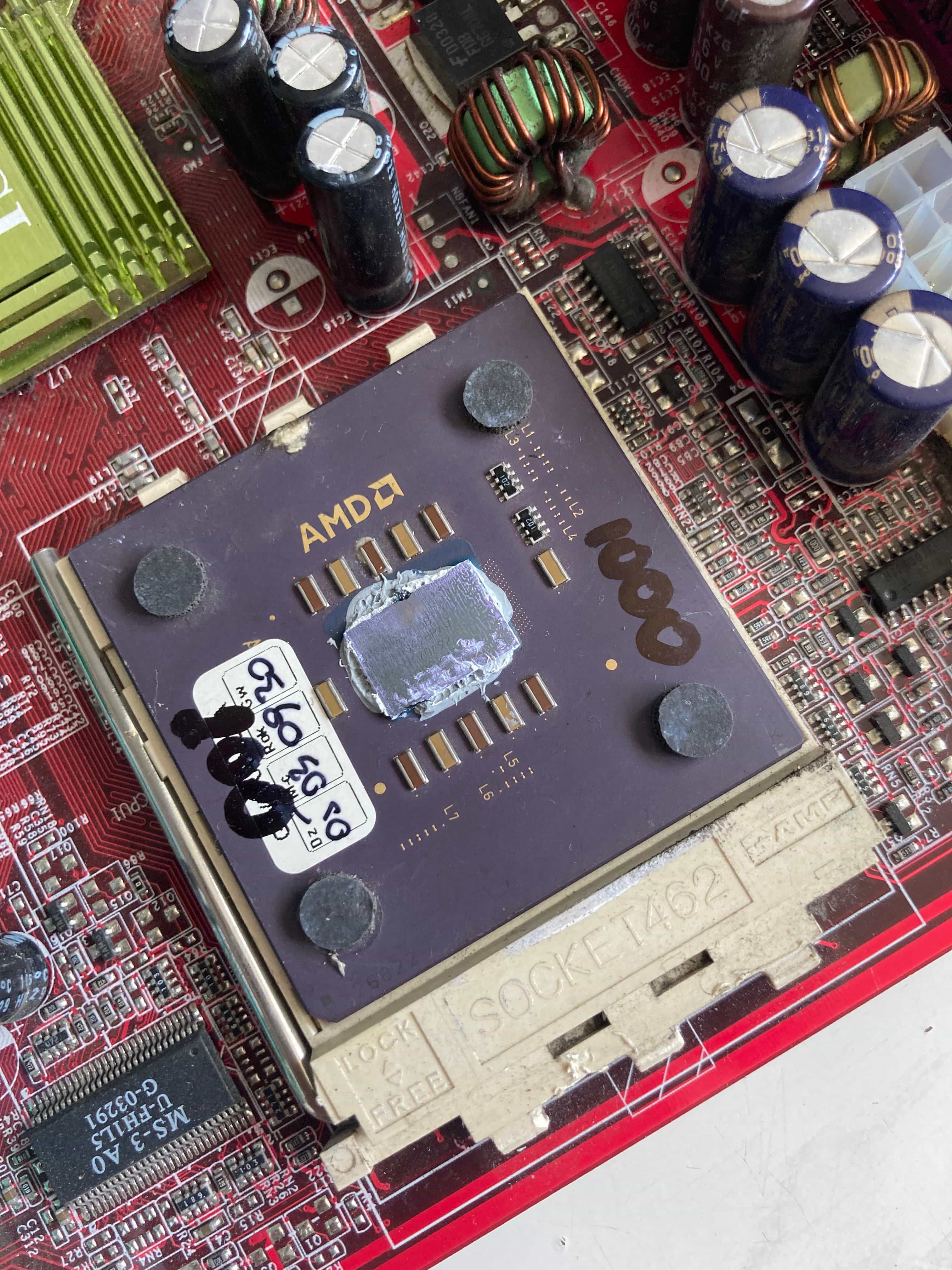
I’m still so upset :((((( I did what I could, I was as careful as one can be, and still – the core had chipped. Note that I heard no clicks, cracks, snaps, nothing – and after removing the clip, the heatsink came off without much force. How could it have cracked! I was so careful after all! The Thunderbird had a warranty sticker dated March 2009, so the paste had not been replaced since then. Could be that it was the paste had its role (it was rock solid and didn’t budge after going through it with IPA and a brush; a toothpick had to be used to remove most of the dried-up stuff); could be that the CPU changed sockets, heatsinks, hands etc. a few times and the core was already structurally stressed. I’m not trying to exonerate myself from wrongdoing, but I firmly believe I did not go Cro-Magnon on the heatsink – for comparison, I recall re-inserting the heatsink from the dead board a few times and I was less surgical with it. Anyway, what’s done is done - the CPU is now a display piece and greetings go to whoever stuck this stupid heatsink and didn’t replace the paste for the past 15 years. Ugh! Suffice to say, I now understand those who had chipped their Athlons and Durons and were blasted on the interwebz.
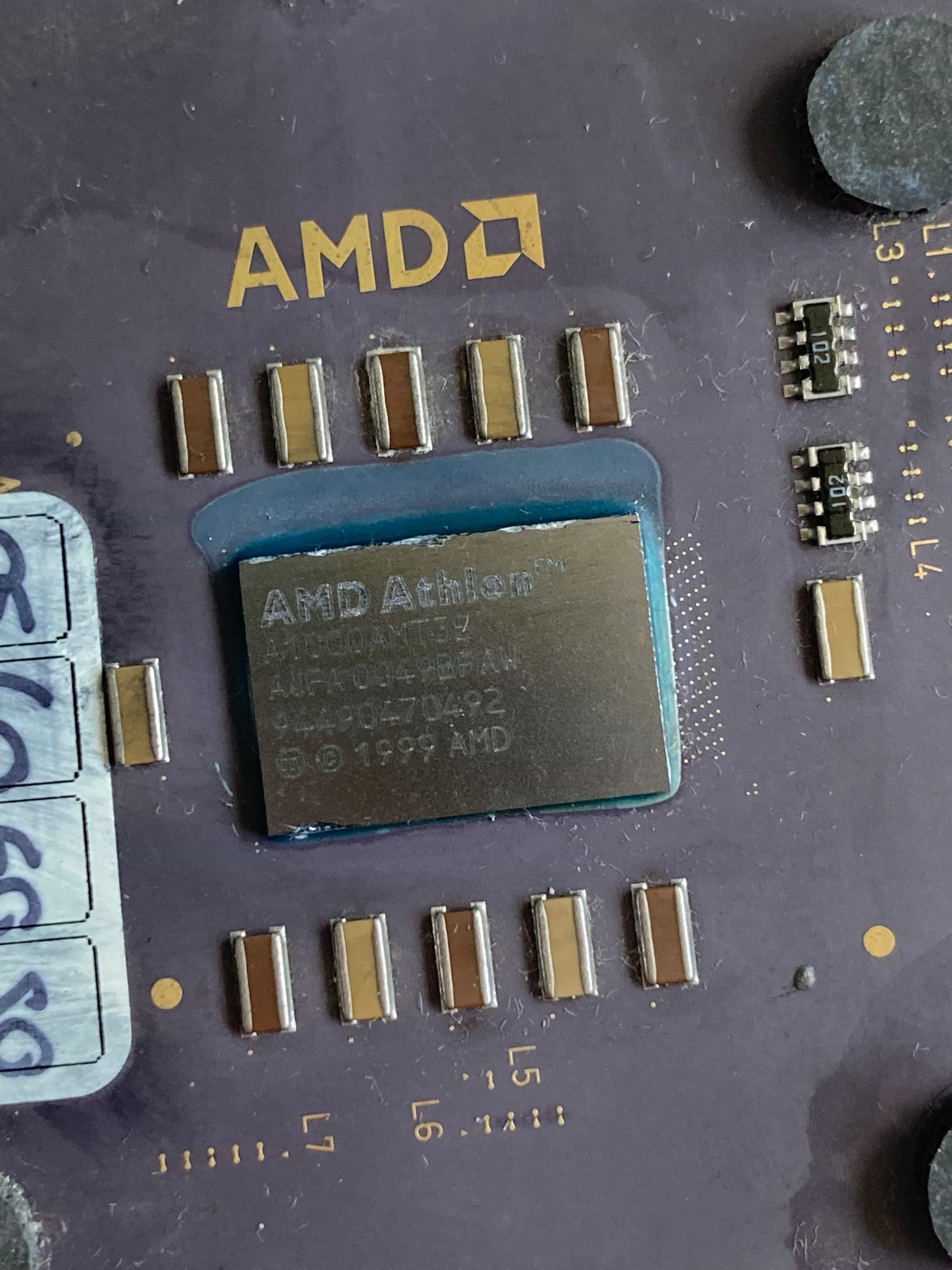
The plan I had envisioned was to do some fun benchmarking and comparing between the different chipsets and check out the performance between the T-Bird Athlon, Morgan Duron 1100 and the Athlon XP (and of course, build a 1GHz T-Bird as once I learned I had it I was mad glad since I wanted one for the future), but alas – it will have to wait for a brighter day.
 in memory of
in memory of 
T-Bird Athlon 1GHz
2001-2024
I hardly knew you